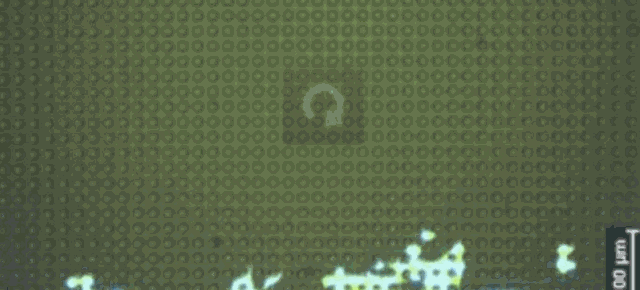Watching cancer cells scurrying across the surface of a microchip is mesmerising. Most of them plod along together and make steady progress. Others break off and aggressively cover large distances. Scientists say that this ability to actually see the cancer cells advance will be useful to figure out how to stop them once and for all.
For this study, published in the journal Nature Materials, researchers were able to image cancer cells that had undergone epithelial-mesenchymal transition (EMT), a process in which epithelial cells, which tend to stick together within a tissue, change into mesenchymal cells, which then disperse and migrate individually. This, explains EurekaAlert, is a beneficial process that allows cells to travel throughout an embryo and establish specialised tissues. For this study, the cells migrated across a device that mimics the tissue surrounding a tumour.
“People are really interested in how EMT works and how it might be associated with tumour spread, but nobody has been able to see how it happens,” said lead author Ian Y. Wong, assistant professor in the Brown School of Engineering and the Center for Biomedical Engineering.
Here’s how the process worked:
To get this new view of how cancer cells move, the researchers borrowed microelectronics processing techniques to pattern miniaturized features on silicon wafers, which were then replicated in a rubber-like plastic called PDMS. The device consists of a small plate, about a half-millimetre square, covered in an array of microscopic pillars. The pillars, each about 10 micrometers in diameter and spaced about 10 micrometers apart, leave just enough space for the cells to weave their way through. Using microscopes and time-lapse photography, the researchers can watch cells as they travel across the plate.
“It’s basically an obstacle course for cells,” Wong said. “We can track individual cells, and because the size and spacing of these pillars is highly controlled, we can start to do statistical analysis and categorize these cells based on how they move.”
Read the in-depth report over on EurekaAlert.
